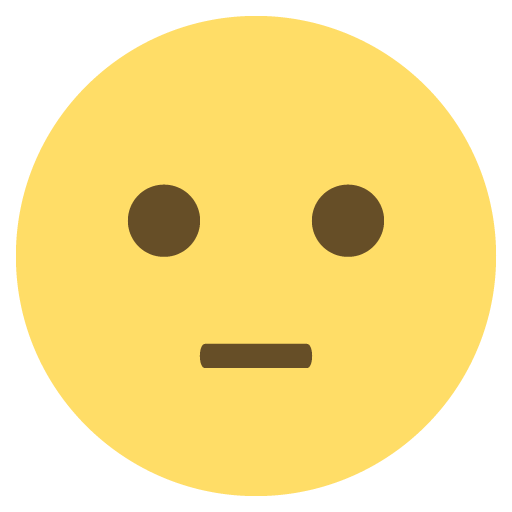WORKSHEET Chapter 15 – The Urinary System
1. The functions of the urinary system include elimination of __________ such as ____________________
wastes, __________, and drugs.
2. Kidneys also regulate ____________________, including water and ____________________ balance,
and blood acid-base balance, along with __________ pressure, __________ production, and activation
of ____________________.
3. The organs of the urinary System include:
____________________ (right and left)
____________________ (right and left)
____________________
____________________
4. The ______________ _______________ sits on top of the kidney.
5. The ________kidney is lower than the _________kidney.
6. A layer of fat, the ____________________ ____________________, cushions, protects, and supports
each kidney.
7. The regions of the kidney include the
____________________-outer region
____________________-inside the cortex
____________________-inner collecting tube
8. Kidney structures include the
____________________- triangular regions of tissue in the medulla
____________________- extensions of cortex-like material inward
____________________ - cup shaped structures that funnel urine towards the renal pelvis2
9. Blood flow in the kidneys starts in the ____________________ artery to the entire kidney. Blood flow
to each nephron is through the ________________ _____________ ; the ball of capillaries in the
nephron is the ____________________, and the ____________________ arteriole drains the nephron.
The ____________________ __________ drains blood from the kidney.
10. The structural and functional units of the kidneys are the ____________________. The main parts are
the blood-carrying ____________________ and the long, coiled __________ __________.
11. The parts of the ________________ ______________ are:
the balloon-like ______________ __________, which captures filtrate from the glomerulus;
the ____________________ ____________________ __________, which reabsorbs most materials;
the __________ of __________ , which reabsorbs water and salt, making the urine more dilute; and
the __________ ____________ __________, which accomplishes most acid-base and electrolyte balancing.
12. The ____________________ ____________________ accept the reabsorbed substances and return
them to the general circulation.
13. The 3 urine formation processes are:
____________________, the formation of the fluid by the glomerulus;
____________________, the return of needed substances to the blood; and
____________________, the active removal of wastes from the blood (into the tubules).
14. The three nitrogenous wastes that are concentrated in the urine are:
____________________
____________________
____________________
15. The ____________________ drain urine from the kidney into the ____________________, where it is
stored until it drains from the body through the ____________________, in an action called
____________________, which requires relaxation of both the internal and external
____________________ ____________________.
(#10)3
16. The ____________ _______________ ______________ is smooth muscle, so it is under __________
control; the _______________ _____________ ______________ is skeletal muscle, so it is under
_____________ control.
17. Body fluids are either ____________________ _____________( inside of cells), or
____________________ __________(outside of cells). The main two types of this second fluid are:
____________________ __________, which surrounds your cells, and __________ __________ in the
circulation.
18. Changes in ____________________ balance causes water to move from one compartment to another.
To maintain water balance, a ____________________ urine is produced if water intake is excessive.
Regulation of water and electrolyte reabsorption is primarily by _______________ secreted by the
endocrine system, such as ________________ _______________ and __________________.
19. _________________ is responsible for urine’s yellow color; it is a breakdown product of __________
destruction.
20. Composition of blood depends mainly on _________, cellular _____________, and __________
____________ help plz..

